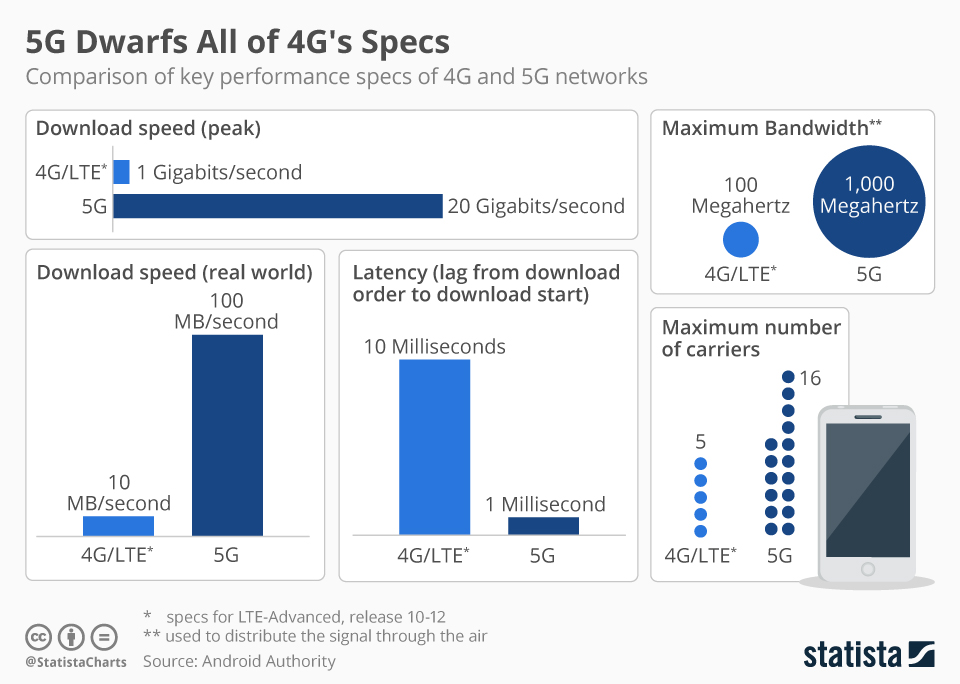Ray LaChance is the Co-founder and CEO at Boldyn Networks, one of the leading fiber providers in the New York and New Jersey metro region working towards mobile network densification. To date, Boldyn Networks fiber connects over 2,000 wireless sites of the nearly 6,000 it currently has under contract, a number that’s growing every month, making them industry frontrunners for
LaChance expanded on Boldyn Networks’ success, “We built nearly 800 miles of fiber-optic network in the region, 45 colocation facilities on our network, 125 on-net enterprise buildings, and two
LaChance led Boldyn Networks to be the industry leader it is today and shared his insight on 5G’s dependence on fiber.
Boldyn Networks will continue to play a leading role in making fiber available for the network of the future.
For a 5G future, we need fiber availability
There is a 5G infrastructure problem: fiber availability and capacity are integral to the 5G ecosystem, but there isn’t enough. LaChance explains, “There’s been a lot of fiber built over the past 30 years in the New York Metro region. But these fiber networks were built to solve a completely different problem than we have today.”
The legacy fiber that’s been built is in backhaul networks, which were constructed to support sparse connectivity for enterprise and
5G, on the other hand, requires massive densification of the network — largely through small cell installation. “In a city like New York, Boldyn Networks is asked by AT&T, Verizon, Sprint, and T-Mobile to drop antenna locations at every single intersection. Those intersections are often only 250 feet apart from each other.”
The graph below from

Density creates a new challenge in itself, LaChance points out, “We believe that the old fiber infrastructure will sit in place and manage backhaul needs, but there’s an entirely new complementary fiber network that has to be built, and it’s the
The 5G network of the future will be very dense, which means a lot of
Build fiber fronthaul iteratively to support 5G
LaChance explains that this network won’t be built overnight, or even in one wave — it’s going to be an iterative process. These networks will densify over time, starting by putting the hard infrastructure in place. “Right now, there are sites every 1,000 to 3,000 feet in the New York Metro area,” LaChance shared, “All of those sites are going to be retrofitted with
5G equipment.
Meanwhile, we will be building out fronthaul to enable carriers to build new small cells every 500 feet, then every 250 feet.” LaChance continued, “This new fiberoptic infrastructure will continually be built, utilized, and overbuilt because of the capacity requirements for these nodes to deliver capacity virtually everywhere. This is going to go on for years.” Fiber has to be ahead of the industry because it comprises the backbone of 5G and network densification. This hard infrastructure will support each iteration of telecommunications technology from 4G to 5G, and whatever comes next. Each of these iterations will require a more dense network, so Boldyn Networks will build more and more fronthaul fiber network to support them. LaChance says, “We will just keep densifying. We’re putting in a lot of excess capacity to prepare for what we know is coming.”
